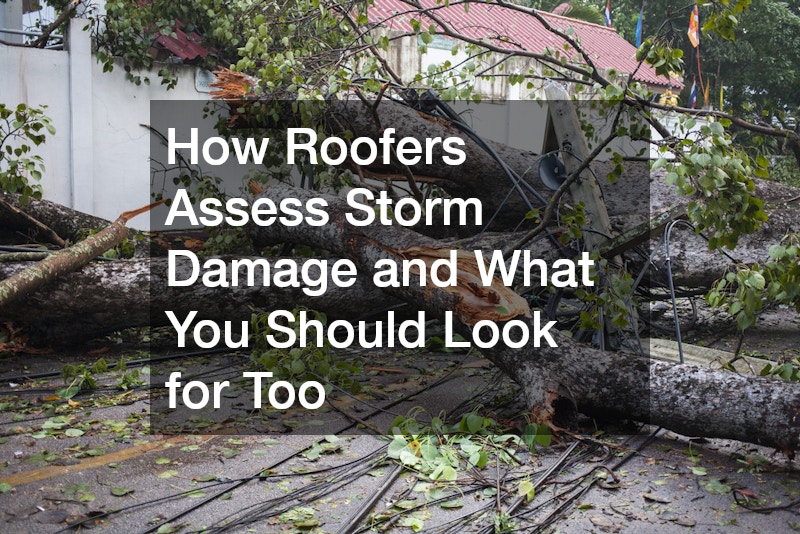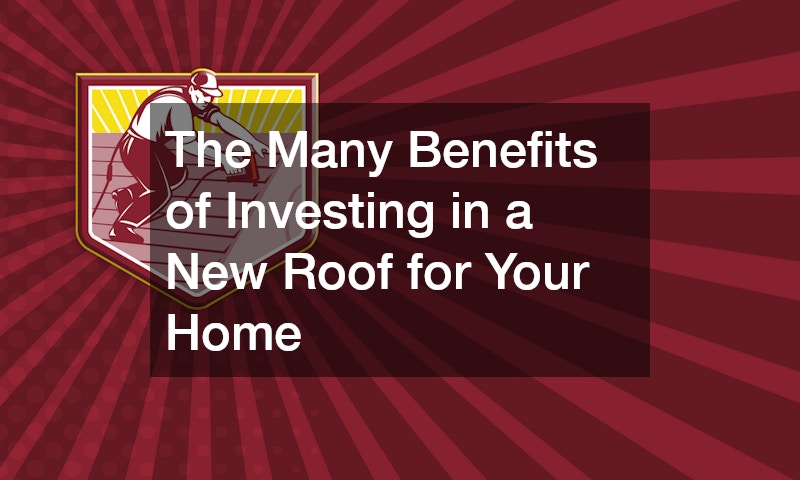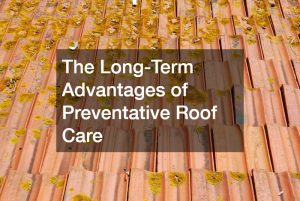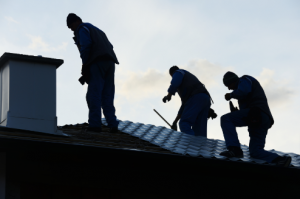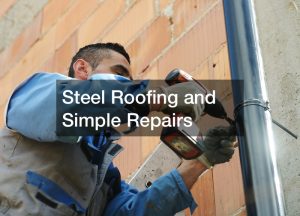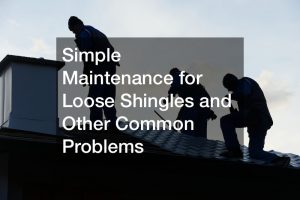How Roofers Assess Storm Damage and What You Should Look for Too
Understanding how professionals assess roof damage after a storm is essential for homeowners. This guide will highlight the key aspects that roofers look for in storm damage and provide insights on what homeowners should observe themselves. Equipped with this knowledge, homeowners can better prepare for assessments and make informed decisions about necessary repairs.
Common Signs of Storm Damage on Roofs
Identifying Shingle Damage
Roofers often start by identifying missing or damaged shingles after a storm. Shingles protect the underlying layers of the roof, and any damage here could lead to more severe problems down the line. Even a single missing shingle can expose the roof to water infiltration, which is why roofers prioritize this during their assessment.
During an inspection, roofers look for shingles that have cracked, curled, or lost granules. The granules on shingles play a crucial role in protecting the roof from UV rays and wear. If granules are found in gutters or downspouts, it indicates the shingles have been compromised.
Detecting Water Leaks and Stains
Water leaks and stains are significant indicators of storm damage that can affect both the roof and interior spaces. Roofers pay close attention to the ceilings and attic spaces, looking for signs of water penetration. Staining on the ceiling or walls often suggests compromised roof integrity and should not be ignored.
Roofers use various tools to trace the source of leaks and assess the extent of water damage. Moisture meters and infrared technology can help locate hidden dampness that isn’t visible to the naked eye. This level of inspection ensures that any issues are identified promptly before they lead to mold growth or structural damage.
Assessing Structural Damage
Structural damage to the roof is often the most severe and costly to repair. Roofers look for sagging roof lines, cracks in the ceilings, and damaged roof supports. Such issues could indicate that the roof’s structural integrity is compromised, making it unsafe.
In some cases, the damage might not be immediate, but subtle shifts in roof alignment could spell bigger problems in the long term. Roofers are trained to notice the signs of structural damage that homeowners might overlook. For example, severe storms can cause misalignment in roof trusses or decking that needs urgent attention.
How Do Roofers Conduct a Roof Inspection?
Exterior Inspection Techniques
Roofers utilize various techniques to thoroughly inspect and assess the exterior of the roof following a storm. They start with a visual inspection, examining the roof’s surface for any obvious signs of damage like missing shingles or exposed underlayment. Next, a physical inspection involves actually climbing onto the roof to get a closer look at tricky areas that are not visible from the ground.
During this process, roofers check for any protrusions like chimneys and vents that might have sustained damage. Flashing around these areas is particularly vulnerable and is examined closely for leaks and wear. By identifying these problem areas, roofers can recommend effective repairs or replacements that ensure the roof remains watertight.
Using Technology for Enhanced Assessments
To enhance the accuracy and efficiency of roof inspections, many roofers incorporate advanced technology into their assessment processes. Drones, for instance, offer an aerial view of the roof, identifying remote or difficult-to-access damage areas. This method significantly reduces the risks associated with traditional roof inspections by limiting the need to physically access dangerous areas.
High-definition cameras and thermal imaging are also commonly used to detect problems not visible through traditional inspection techniques. These technologies can highlight areas of heat loss, insulation issues, and moisture accumulation. By using these tools, roofers are able to complete a more comprehensive inspection that captures even the smallest of issues.
Safety Precautions When Inspecting Your Roof
When inspecting your roof, safety should always be the top priority. Homeowners are advised to stay on the ground and use binoculars for a closer look rather than climbing onto the roof themselves. Ladders should only be used when absolutely necessary and must be secured properly before use.
Another critical safety measure is wearing the appropriate gear, such as rubber-soled shoes, which provide better traction and reduce slipping risk. You should also be cautious of overhead wires and slippery or wet conditions that can increase the risk of accidents. Prioritize personal safety while ensuring that you are not putting yourself at unnecessary risk.
When in doubt, it’s safer and more effective to leave the inspection to trained professionals who have the experience and equipment to perform roof assessments safely. Many roofs are steeply pitched or covered with delicate materials that can break or slide underfoot. Therefore, it’s crucial to balance concern for potential damage with safety.
When to Call a Professional
Despite the ability to conduct preliminary inspections, there are clear signs when a professional roofer’s intervention is necessary. If you observe significant damage such as large areas of missing shingles, structural issues, or extensive leaks, calling a roofing expert is essential. Severe storms can cause complicated damage that requires professional evaluation.
In situations where safety hazards such as electrical issues arise due to storm damage, homeowners should refrain from any further inspections. Professional roofers are trained to handle these situations carefully, ensuring the situation is managed without additional risk. Promptly contacting a roofer often prevents costly renovation and damage that could develop from delayed responses.
By understanding how roofers assess storm damage and knowing what signs to look for, homeowners can better protect their investments and ensure timely repairs for their roofs. Familiarity with common damage indicators allows for quicker decision-making when storms affect the area. Trusting qualified professionals with complex assessments ensures that all issues are addressed effectively and safely.
.

